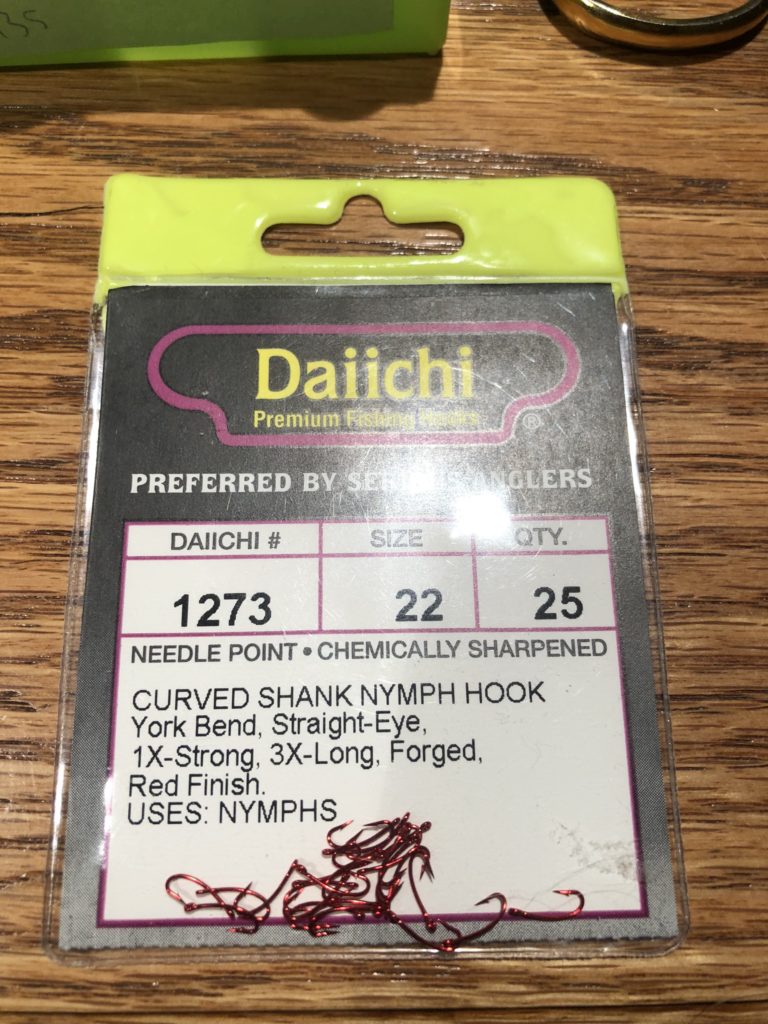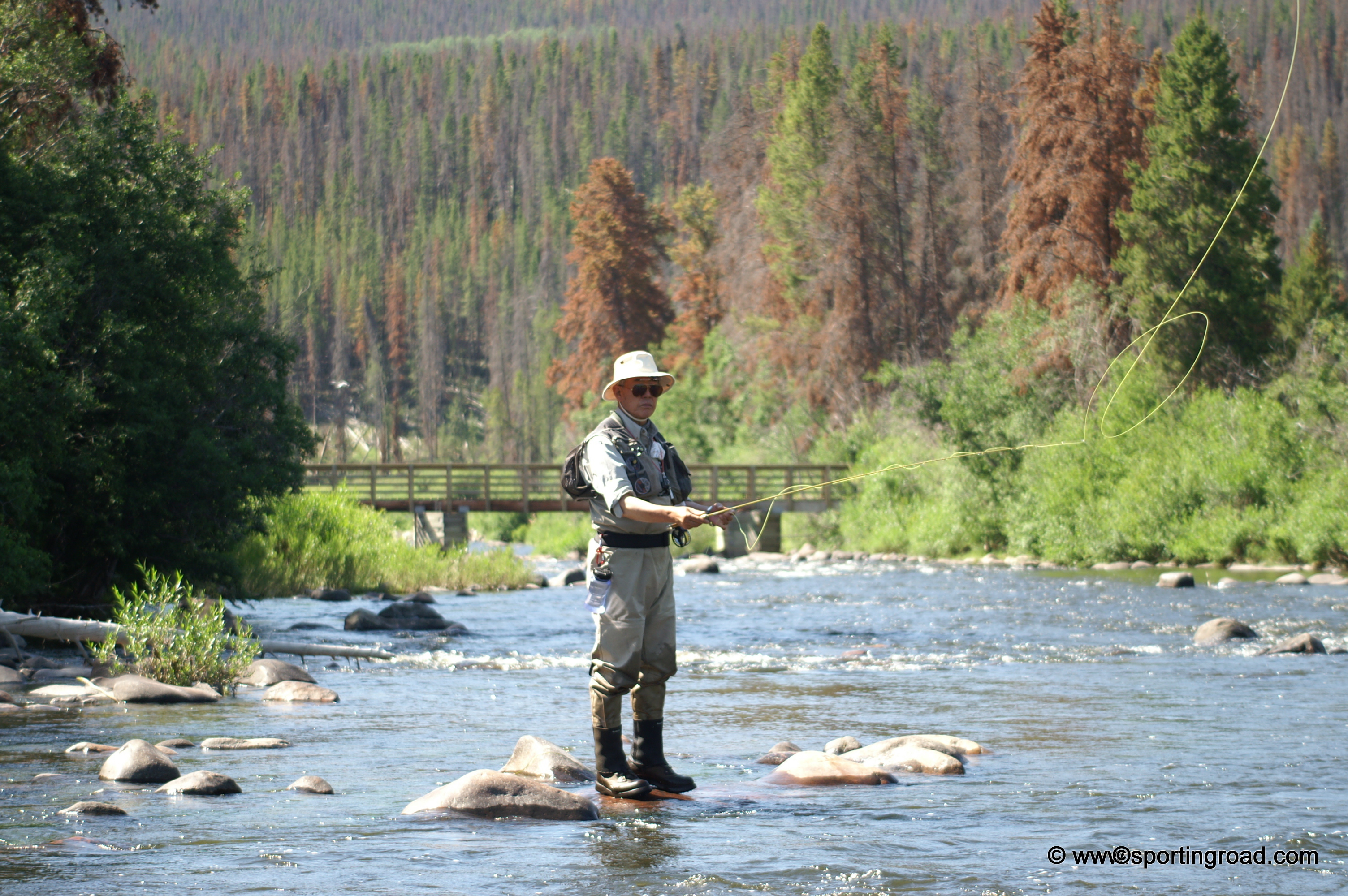Rim Chung once pointed out to me that the other thing to keep in mind is that when we talk about most closely matching the hatch, we may not be talking about a fly that most loosely resembles the living insect. Instead a more impressionistic fly that most closely mimics the behavior of the emerging insects, while still generally resembling the insect might be a better match.
Further he made the that perhaps in talking about presentation versus pattern we were making an artificial distinction. What do we mean by a “good presentation” except that we are trying with our presentation to match the behavior of the insect in the water, which is generally the same thing we are trying to do with our choice of fly pattern.
Whether it was due to matching the hatch (unlikely), impressionistic representation of the fly (also unlikely), or simply good presentation, Rim discovered on the San Juan river that a bare red hook worked just as well as a black hook with red thread on it, as there are lots of small annelids there called blood worms.
The bare hook was being effective on trout was also discovered by many other anglers, one among them, Oliver Kite, who wrote about this in the 1960’s, who called it the Bare Hook Nymph. He thought it was a logical extension of the Sawyer Pheasant Tail Nymph, but slimmer. Kite was a contemporary of Frank Sawyer (lived opposite to him) and learnt everything he knew about nymph fishing from Sawyer. Kite was a broadcaster, and one of his tricks was to catch grayling with this nymph while, blindfolded using the Sawyer “induced take.” The details of the Bare Hook Nymph are to be found in Kite’s book Nymph Fishing in Practice.



Leave A Comment
You must be logged in to post a comment.